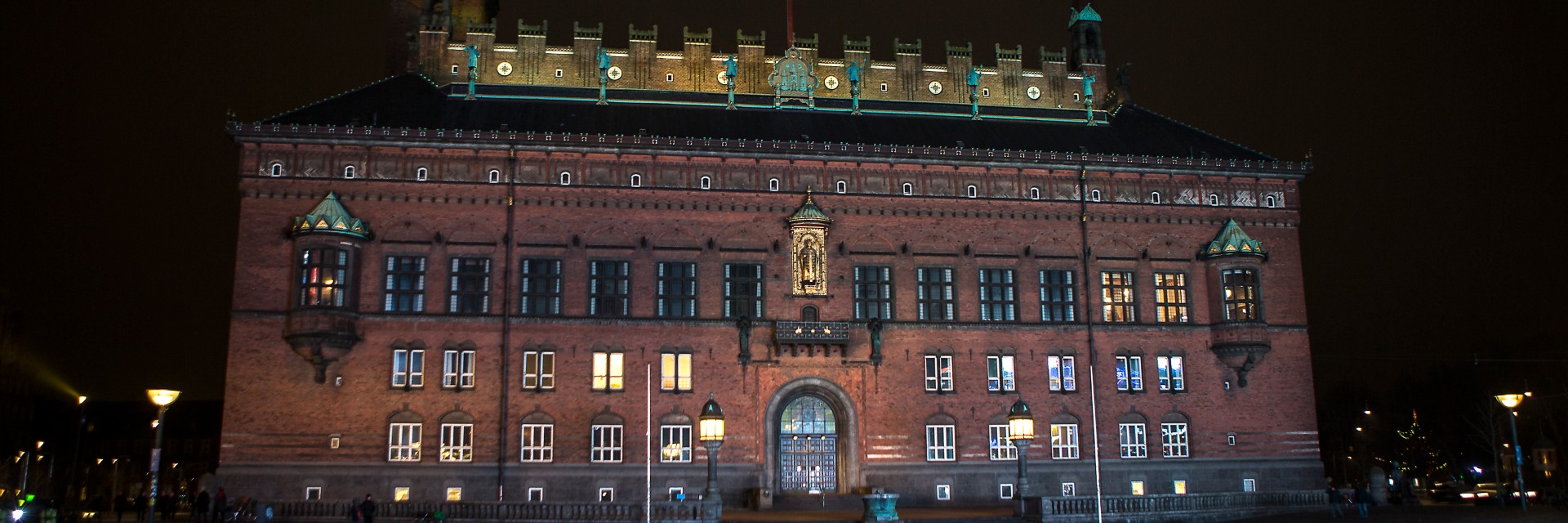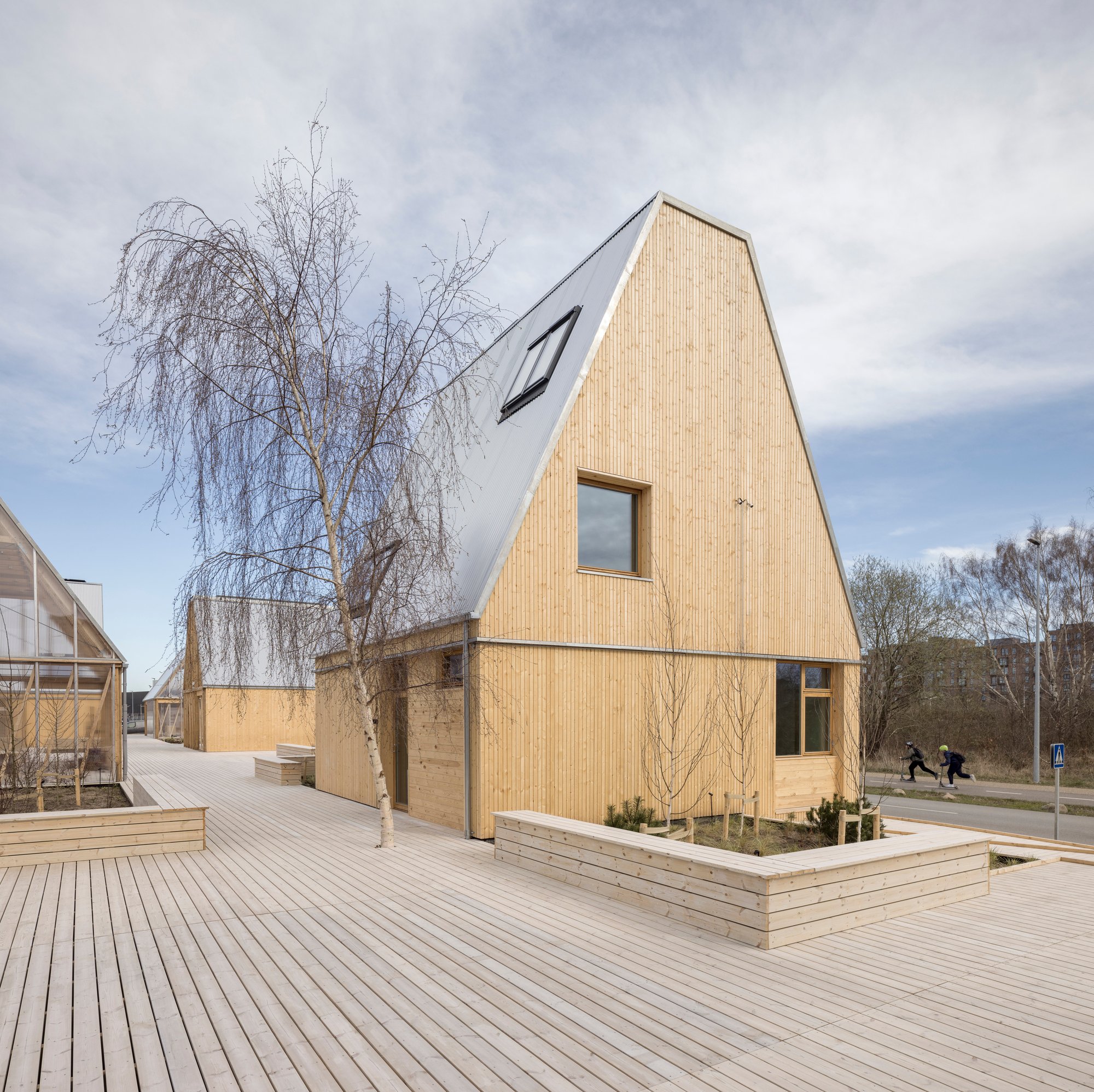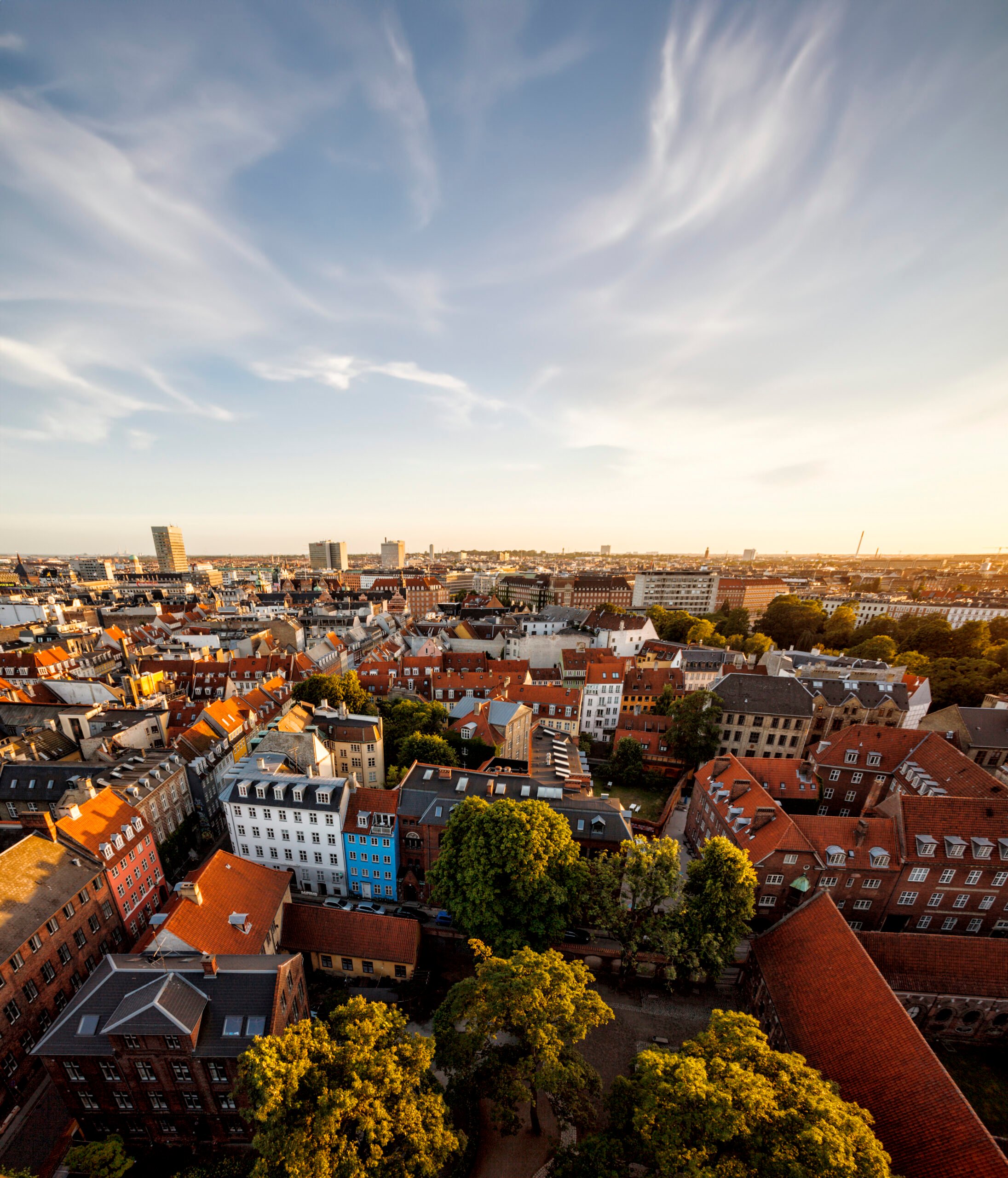News
Buildings
Energy efficiency in buildings
Copenhagen implements energy efficient lighting in the city’s publicly owned buildings


Classrooms and office spaces that are brightly illuminated at night will soon be a thing of the past in Copenhagen. The City of Copenhagen is in the process of replacing its existing lighting systems with low energy LED lighting. LED stands for light emitting diode and LED lights are approximately 90 per cent more efficient than other types of light bulbs. In addition, they also have a longer lifespan. The municipally owned Copenhagen Property & Procurement is responsible for rolling out the change in the city’s publicly owned buildings – an area that amounts to 97,000 square metres. The program is part of the City’s 2025 plan, which aims to make the municipality carbon neutral by 2025.
According to Thomas Maare, a project manager employed at Copenhagen Property and Procurement, the change is an investment that will result in large savings and better lighting that will benefit property users.
“Installing intelligent LED lighting that turns off when no one is present on the premises and dims the lights based on the level of natural lighting is a good business case. This affects schools, childcare centres and residential accommodation for the elderly, so the change will not only achieve cost reductions but also benefit them,” says Thomas Maare.
-Related solution: Bauhaus saves both money and CO2 with LEDpartner ligthing
The European Union promotes quality LED lighting
The City of Copenhagen is not the only actor engaging in LED lighting initiatives. Across Denmark, over 300 municipal employees with responsibility for lighting are participating in educational courses provided by the EU funded Premium Light Pro project. The project focusses on the implementation of next-level energy efficient LED lighting systems in both the public and private service sector. Currently, the LED lightling market is awash with a number of poor quality products, which results in public and private procurers purchasing them. Premium Light Pro aims to reverse this trend via measures such as guidance on purchasing, education and best practice examples. It is calculated that the project can save EUR 200 million annually.
“Unfortunately the LED market contains many cheap, low quality products that result in negative experiences for consumers. This is a shame, as LED lighting can provide superior illumination and many new, exciting types of lighting that can create a better work environment,” says Casper Kofod, who is in charge of the project in Denmark.
-Related solution: Intelligent LED light at Nørreport station powered by the sun
Good tools for public procurement
Casper Kofod stresses that the switch to LED lighting will take place regardless, but that the pace of change will accelerate if customers and procurers have positive experiences with the products, just as better quality LED lights are more energy efficient, which ultimately will result in larger energy savings.
Copenhagen Property and Procurement are highly satisfied with the attention the EU level project is diverting to the problem, where they have benefitted from education and guidance as to how both superior quality of lighting and energy efficiencies can be achieved, all while demanding greater guarantees from suppliers.
”Premium Light Pro is a good tool for municipalities or government institutions need to purchase new, energy efficient lighting solutions. It is our experience that good quality LED products that control daylight can reduce electricity costs by approximately 60 per cent and that benefits many citizens,” says Thomas Maare.
Background information
Copenhagen aims to be the world’s first carbon neutral capital by 2025. Divided into four pillars focusing on energy consumption, energy production, mobility and city administration initiatives, Copenhagen aims to not only mitigate the effects of climate change, but also show it is possible to reduce CO2 emissions while simultaneously securing growth, quality of life and development.
Source: Energy Supply
You should consider reading
solutions
Energy efficiency in buildings
+2















